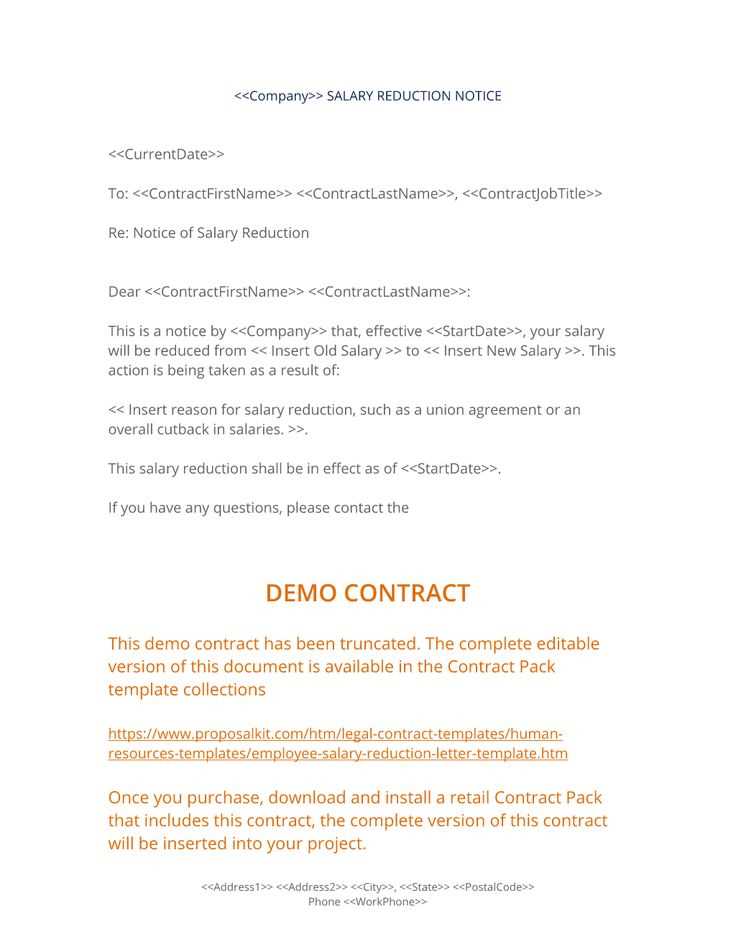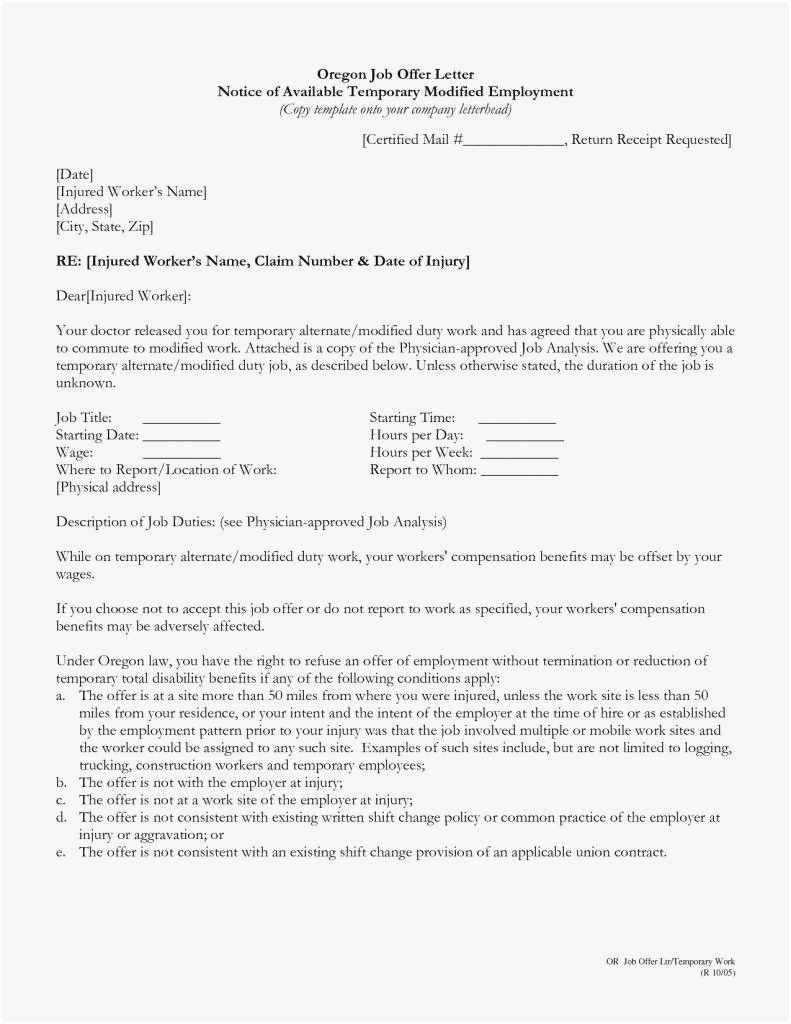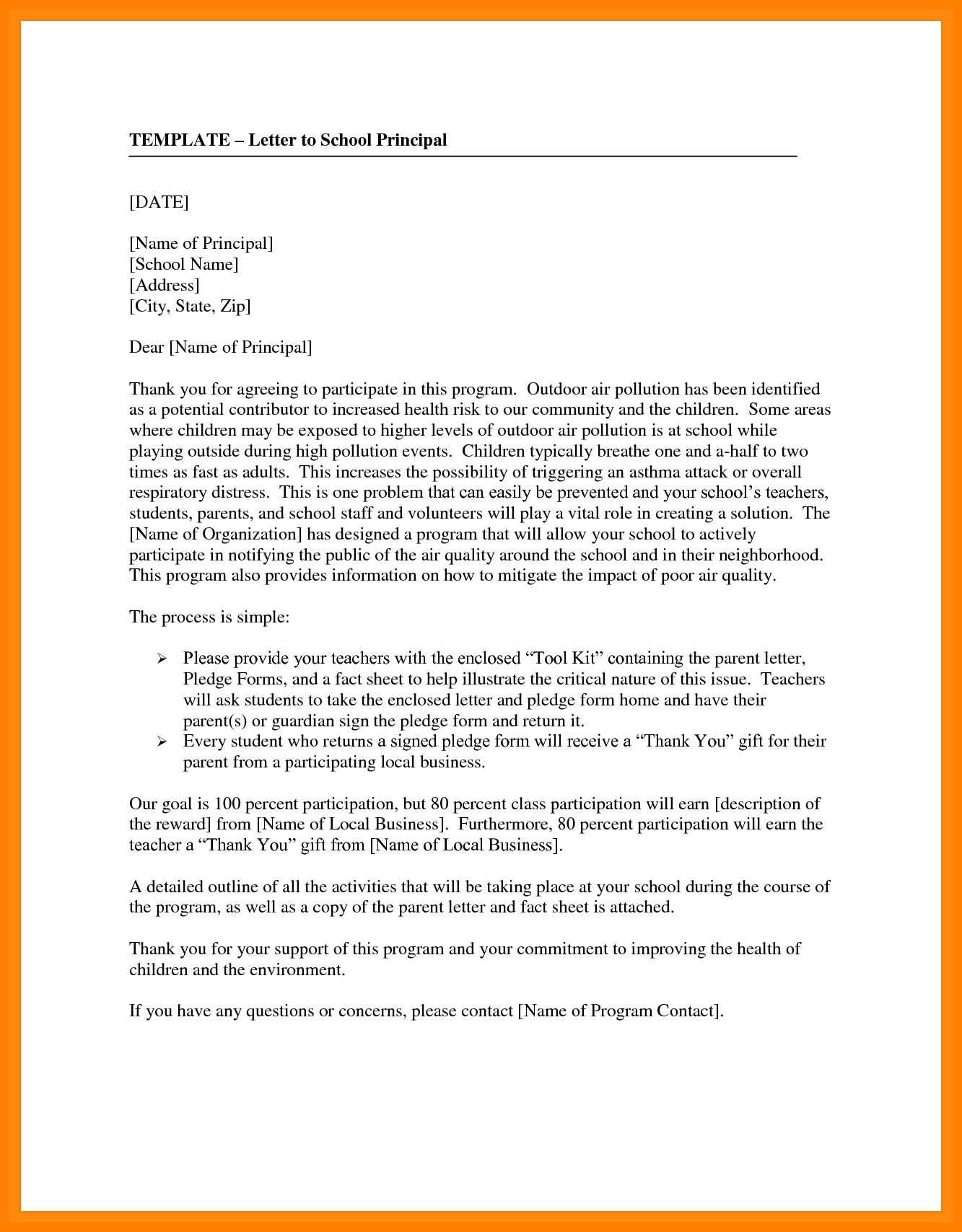Reduction of Working Hours Letter Template for Employers

Adjusting the amount of time employees spend on tasks can be necessary for a variety of reasons, whether it’s due to business needs, budget constraints, or unforeseen circumstances. Informing your team about such modifications requires clear and professional communication to ensure transparency and maintain positive relations.
Creating an effective communication document that explains these adjustments can help avoid confusion and set expectations. It should cover key details such as the reasons for the change, its duration, and any other relevant factors that may impact the employee’s role. Careful wording and a well-structured format are essential to ensure that the message is received in the right way.
In this article, we will guide you through the process of drafting a communication for modifying employee schedules, including the essential elements and tips for smooth implementation. By following the correct steps, you can ensure a clear, professional, and considerate approach to these changes.
Understanding the Need for Work Hour Reduction
Businesses may occasionally find it necessary to adjust the time employees spend on tasks. These changes can stem from various factors such as fluctuating demand, financial constraints, or shifts in organizational priorities. Regardless of the reason, it’s crucial to approach this adjustment carefully to ensure both the company’s stability and employee satisfaction.
Such changes might be temporary or long-term, depending on the specific circumstances. For employers, it’s essential to clearly communicate the rationale behind the adjustment. A well-reasoned explanation can help employees understand the situation better, fostering a sense of trust and cooperation. Transparency in these matters is key to maintaining morale and minimizing any potential misunderstandings.
When reducing the time employees are expected to dedicate to their roles, businesses should take into account the impact on productivity, as well as the well-being of their staff. A balance must be found to ensure that the organization remains efficient while addressing any personal or financial concerns employees may have. Proper planning and foresight are critical to ensuring the decision benefits both parties in the long run.
How to Structure a Letter for Reduced Hours
When informing employees about changes to their schedule, it is important to present the message clearly and professionally. A well-structured document ensures that the employee fully understands the situation and feels respected throughout the process. The key is to maintain transparency while providing enough details about the adjustments and their rationale.
Begin with a Clear Introduction
The opening of the document should immediately state the purpose of the communication. Avoid ambiguity by directly mentioning the shift in the employee’s time commitment. Express empathy and acknowledge any potential concerns that the employee may have regarding the change. A respectful tone sets the foundation for the rest of the message.
Provide Specific Details and Rationale
Once the purpose is established, move on to explain the reason behind the adjustment. Whether it’s due to company-wide changes, economic factors, or other reasons, it’s essential to be transparent. Outline how long the change will last and whether it is permanent or temporary. Providing a clear timeline and explaining the expected impact on both the employee and the organization helps prevent confusion.
Key Considerations Before Sending the Letter
Before sending a formal communication about changes to an employee’s schedule, several factors need to be carefully considered. Taking the time to review these aspects can ensure the message is well-received and understood. Proper preparation also helps avoid potential misunderstandings and strengthens the employer-employee relationship.
One of the most important factors is timing. The decision to alter an employee’s time commitment should be communicated well in advance to give them time to adjust their personal and professional plans. Early notification is key to ensuring a smooth transition and maintaining trust between both parties.
Another consideration is the tone and clarity of the message. While it’s important to be direct, the tone should remain respectful and supportive. Make sure to explain the reasons behind the changes, whether it’s due to economic conditions, company restructuring, or other factors. Providing context for the decision can help employees understand the necessity and feel more confident in the decision-making process.
Legal Requirements for Reducing Working Hours
When adjusting the time employees are expected to spend on their roles, it is crucial for employers to comply with the relevant legal frameworks. Various laws and regulations govern how these changes must be handled to ensure both fairness and transparency. Failing to follow these requirements can lead to legal challenges and potential disputes.
Understanding Employee Rights
Before initiating any changes, employers must understand the legal rights of their employees. Many jurisdictions have laws that protect workers from arbitrary or unjustified alterations to their schedules. These rights often include advance notice requirements, compensation for changes, and the ability to contest unfair adjustments.
Compliance with Labor Laws
Employers should also familiarize themselves with any specific labor laws that apply to their industry or region. For instance, in some areas, workers may be entitled to certain benefits or protections when their time commitment is reduced. These laws vary significantly depending on local, state, or national regulations. Employers need to ensure they meet these legal obligations before proceeding.
| Legal Aspect | Requirement | Potential Consequences |
|---|---|---|
| Notice Period | Provide advance notice, typically 30 days or as specified by local laws | Legal action for failure to comply with notice requirements |
| Compensation | May need to offer compensation or adjust wages depending on local regulations | Employee claims for unpaid wages or unfair treatment |
| Employee Agreement | Changes may require written consent or a formal agreement | Disputes or claims for breach of contract |
Tips for Communicating Changes to Employees
Effectively informing employees about changes to their schedules or responsibilities requires thoughtful planning and clear communication. It is important to approach the conversation with empathy and transparency to ensure employees feel respected and informed. Proper communication can help avoid misunderstandings and foster trust within the organization.
Be Clear and Direct
When communicating schedule changes, ensure that the message is straightforward and unambiguous. Employees should immediately understand the purpose of the change and how it will affect them. Key points to include:
- The exact nature of the change
- Why the change is happening
- How long the change will last, if applicable
- What actions the employee needs to take, if any
Maintain a Supportive Tone
It is important to strike the right tone when delivering the message. A supportive and understanding approach helps employees feel valued, especially if the changes may cause inconvenience. Here are some tips for maintaining a positive tone:
- Express empathy and acknowledge any challenges the employee may face
- Offer assistance if needed, such as help with adjusting to the new schedule
- Provide a clear point of contact for questions or concerns
By being transparent and offering support, employers can ease the transition and maintain a positive working environment.
Handling Employee Reactions to Hour Reductions
Adjusting the time employees dedicate to their tasks can lead to various emotional responses. It’s important for employers to be prepared to address these reactions in a thoughtful and professional manner. Managing how employees respond to these changes can greatly affect morale and overall productivity.
Anticipating Common Reactions

Employees may have concerns or feelings of uncertainty when their schedule or workload is altered. Understanding the possible reactions helps employers approach these discussions with empathy and readiness. Common responses include:
- Concern about financial impact if the adjustment results in fewer earnings
- Frustration or confusion about the reasons for the change
- Anxiety about how the change will affect their future role or career progression
- Resentment, especially if the adjustment is perceived as unfair or sudden
Strategies for Addressing Concerns
To effectively manage employee reactions, it’s crucial to provide clear explanations, offer support, and maintain open communication throughout the process. Consider these approaches:
- Listen actively to employees’ concerns and validate their feelings
- Offer solutions or alternatives where possible, such as flexible hours or additional support
- Keep employees informed about the reasons for the change and its expected duration
- Reassure employees that their contributions are valued and that the adjustment is necessary for the company’s long-term stability
By addressing concerns thoughtfully, employers can help ease the transition and maintain a positive working environment.
Examples of Effective Work Hour Reduction Letters

Providing clear and professional communication when adjusting employees’ time commitment is essential to maintaining a positive relationship and avoiding misunderstandings. Below, we explore examples of how to effectively convey these changes, ensuring the message is both respectful and informative.
Example 1: Informing About Temporary Schedule Adjustment

Dear [Employee’s Name],
I hope this message finds you well. Due to unforeseen circumstances related to [brief explanation of the situation], we need to make a temporary adjustment to your schedule. Starting [date], your weekly commitment will be [new schedule details]. This change will be in effect until [end date or conditions for resumption].
We understand that this may impact your routine, and we are here to discuss any concerns or questions you may have. Please don’t hesitate to reach out to me directly if you need further clarification. We appreciate your understanding and flexibility during this time.
Best regards,
[Your Name]
[Your Job Title]
Example 2: Explaining a Permanent Shift in Schedule
Dear [Employee’s Name],
We are writing to inform you of a permanent adjustment to your scheduled hours due to [reason for the change]. Starting on [date], your new working pattern will be [details of the new schedule]. We believe this change is necessary for [reason for the adjustment], and it will help us streamline operations moving forward.
If you have any questions or need further support during this transition, please feel free to reach out. We are committed to assisting you during this adjustment and ensuring that you have the resources needed to succeed.
Thank you for your continued dedication. We value your hard work and are confident that together, we will continue to move forward successfully.
Best regards,
[Your Name]
[Your Job Title]